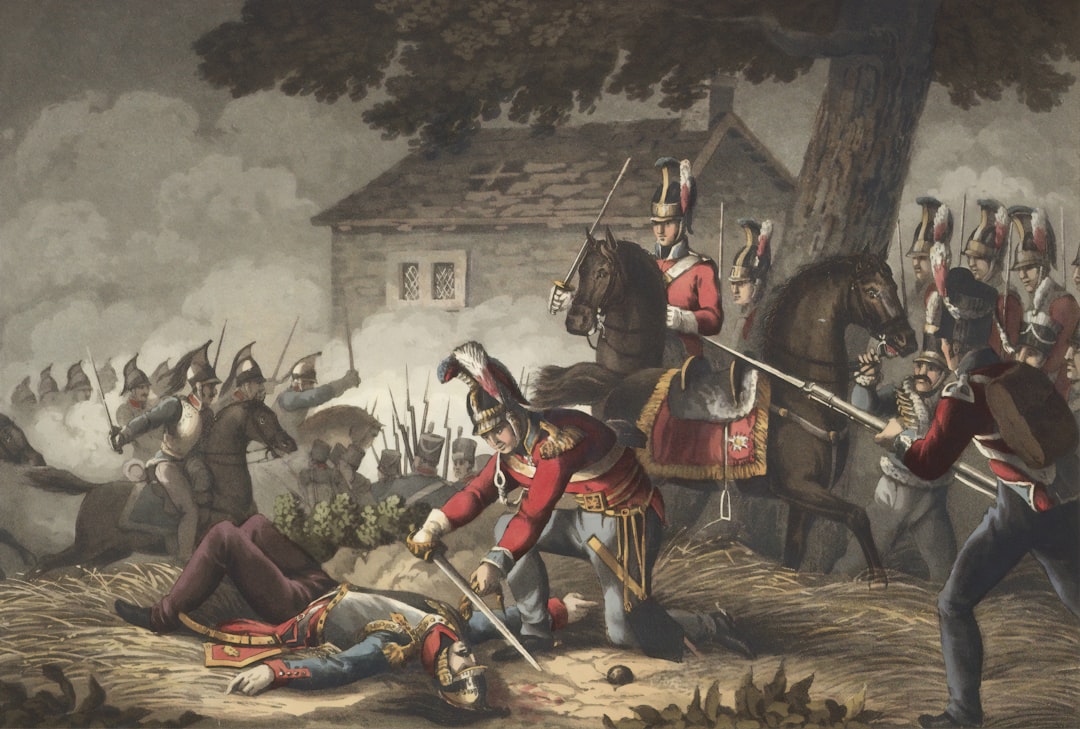Introduction
The Wars of the Roses was a series of English civil wars that occurred between the House of Lancaster and the House of York, both of which were branches of the royal Plantagenet family. The conflict took place between 1455 and 1487 and was one of the bloodiest and most devastating in English history. The war got its name from the emblems used by the two warring factions, the white rose of York and the red rose of Lancaster, which have become iconic symbols of the conflict. This article delves into the Wars of the Roses, exploring recent studies that have cast doubt on the existence of the chivalric code during this bloody conflict.
Wars of The Roses: An Overview
The Wars of the Roses were a series of English civil wars fought between the House of Lancaster and the House of York from 1455 to 1487. The conflict resulted in a significant shift in power from the medieval nobility to the monarchy, and ultimately led to the establishment of the Tudor dynasty under Henry VII. The Wars of the Roses were characterized by a series of battles and political maneuverings, with both sides struggling for control of the English throne. This period in English history was marked by significant bloodshed and political instability, and had a profound impact on the country’s development in the centuries that followed.
The Wars of the Roses were a brutal and bloody period in British history, characterized by bitter family feuds, political intrigue, and devastating battles. The conflict left a lasting impact on England, shaping its political and social structures for centuries to come. Despite the chivalric ideals that have been associated with this period, recent archaeological discoveries have cast doubt on whether the age of chivalry ever really existed. The discovery of mutilated skeletons from the War of the Roses reminds us of the grim realities of this era and the extreme violence that was often employed in pursuit of power.
The Causes of the War
The Wars of the Roses had a complex set of causes, but the central issue was the question of who had the rightful claim to the English throne. The conflict was exacerbated by a power struggle between the nobility and the monarchy, as well as by economic, social, and religious factors. The clash was fueled by a complex web of political, social, and economic factors that had been brewing for decades, including disputes over the royal succession, regional power struggles, grievances between noble families, personal rivalries, vendettas, and ambitions, as well as by military tactics and strategies.
The Major Battles it Saw
The Wars of the Roses saw a series of major battles, many of which were decisive in determining the outcome of the war. The Battle of St Albans in 1455 was the first battle of the conflict and saw the Yorkists under Richard Plantagenet, Duke of York, defeat the Lancastrians. The Battle of Towton in 1461 was the largest and bloodiest battle of the war, resulting in a Yorkist victory and the coronation of Edward IV. The Battle of Bosworth Field in 1485 was the final battle of the conflict and saw Henry Tudor, a Lancastrian, defeat Richard III, a Yorkist, and ascend to the throne as Henry VII.
The Impact of the War
The Wars of the Roses had a profound impact on English society and politics, marking the end of the medieval period and the beginning of the early modern era. The conflict resulted in the deaths of many prominent nobles and the weakening of the power of the aristocracy. The war also paved the way for the Tudor dynasty, which ruled England for over a century and was responsible for many significant reforms and developments. The Wars of the Roses also had a lasting cultural impact, inspiring many works of literature and art, including William Shakespeare’s plays.
Doubts Cast on the Age of Chivalry
However, recent studies and discoveries have cast doubt on the existence of the age of chivalry, a period in which knights were believed to have followed a strict code of honor and conduct. The discovery of 38 mutilated skeletons from the War of the Roses in the late 15th century has raised questions about the reality of this romanticized era. These bodies, found with multiple stab wounds and missing noses and ears, suggest a brutal and savage side to the conflict that was at odds with the ideals of chivalry. Archaeologists believe that the mutilations were intended to prevent the souls of the victims from going to heaven, further highlighting the cruel nature of the Wars of the Roses.
Conclusion
The Wars of the Roses remains one of the bloodiest and most significant conflicts in British history, with its legacy still evident in the cultural, political, and social fabric of England today. Nevertheless, the Wars of the Roses remain a fascinating and important chapter in British history, offering insight into the complex and turbulent forces that have shaped this nation over the centuries. The discovery of these mutilated skeletons provides a stark reminder of the brutal reality of the Wars of the Roses and the toll it took on the people who fought and died in this bloody conflict.


